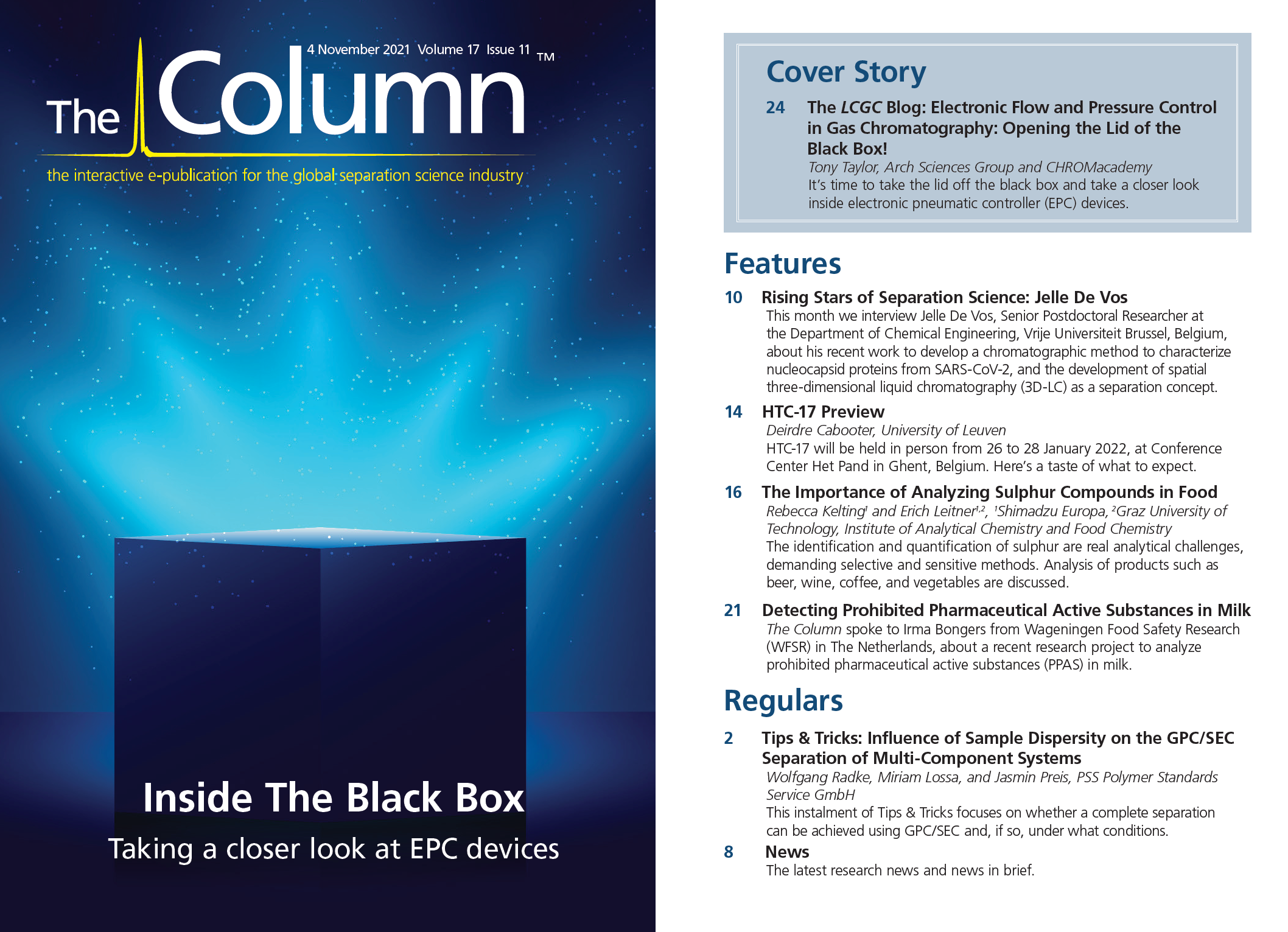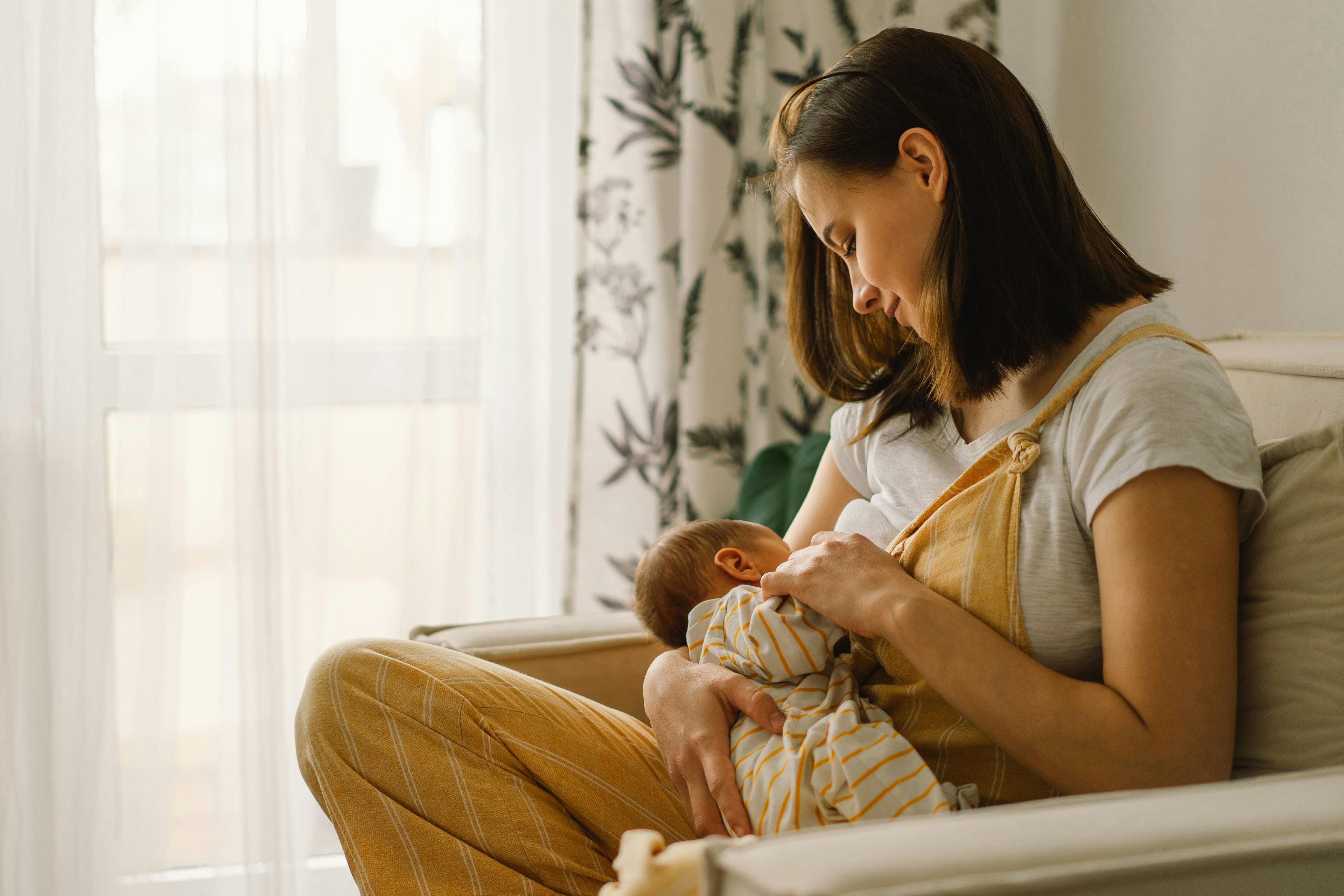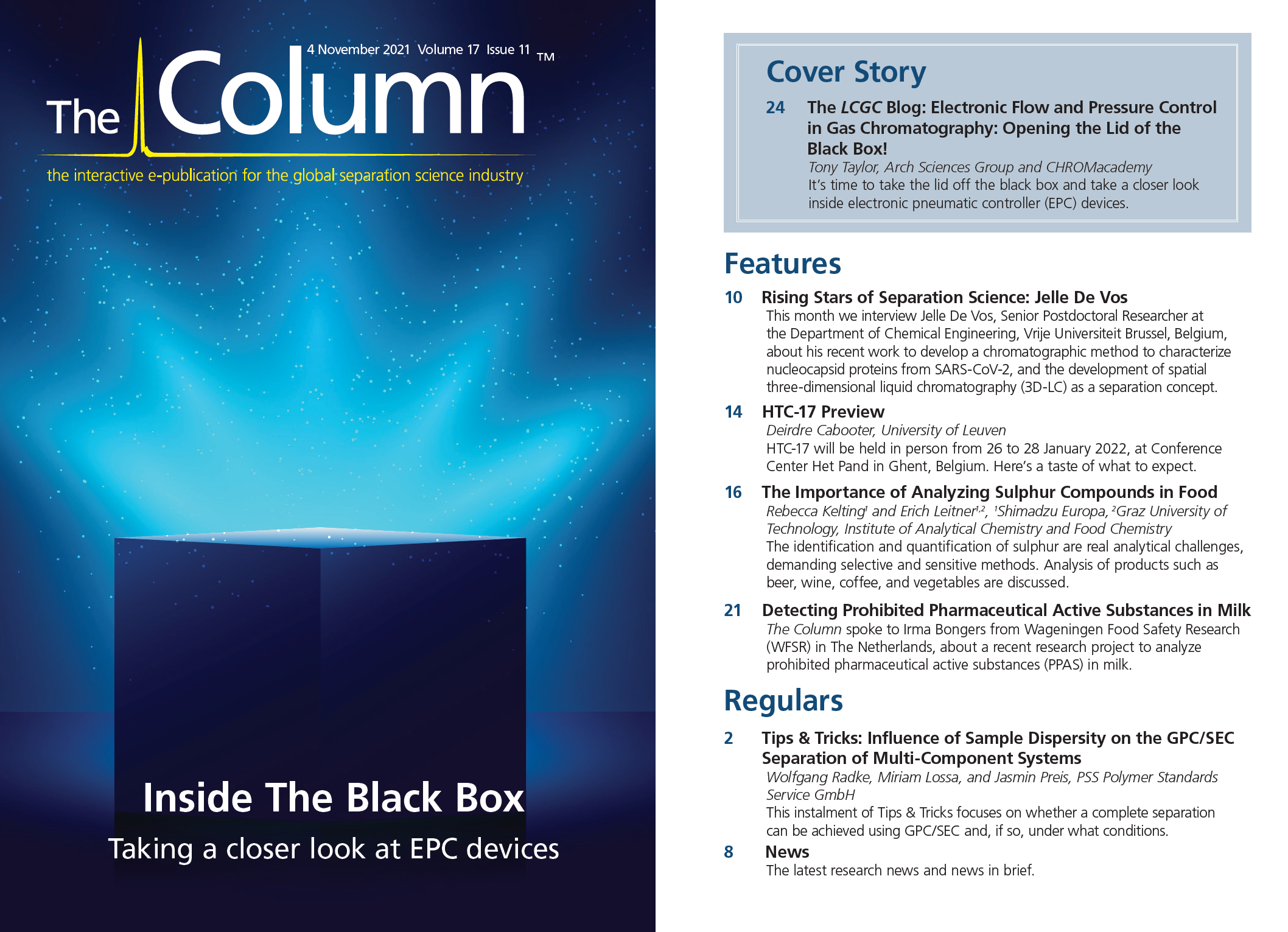Analyzing PFAS in Human Breast Milk Using Lipidomics
Lipidomics researchers from Örebro University have developed a method to analyze levels of per- and polyfluoroalkyl substances (PFAS) in human breast milk using ultrahigh-pressure liquid chromatography combined with quadrupole time‑of‑flight mass spectrometry (UHPLC–QTOF-MS) (1). The study aimed to assess the impact of PFAS on the composition of breast milk and the potential effect on nutrition and infant health. The analysis of breast milk is complicated because the composition varies highly between individuals. PFAS are a growing concern because they are, or can degrade to, persistent chemicals that accumulate in humans, animals, and the environment (2). This bioaccumulation effect increases the levels of PFAS and potential detrimental effects on human health. This is the first study that indicates PFAS can change the composition of breast milk, according to a press release on the University’s website (3).
In this study involving 44 participants, the researchers measured the levels of PFAS and lipids in a mother’s serum and performed lipidomics analysis of breast milk collected shortly after the birth and then three months later. The published research concluded that PFAS levels were inversely proportional to total lipid levels in the breast milk collected after the delivery. In the group with highest exposure, the ratio of acylated saturated and polyunsaturated fatty acids in triacylglycerols was higher. High exposure to PFAS was linked to alterations in phospholipid composition, which could increase the size of milk fat globules and could possibly lead to slower infant growth and higher intestinal inflammatory markers. The researchers concluded that PFAS present in human breast milk could possibly have a detrimental effect on the health and growth of the children with higher levels of PFAS.
Professor Tuulia Hyötyläinen, who performed the study in collaboration with Matej Orešič, Professor of medical sciences at Örebro University, and a team of clinical researchers from the University of Helsinki, commented that breast milk is becoming less nutritious because of chemical exposure that causes changes in the composition of breast milk, with less fat content in the milk. There is also an increase in saturated fats at the expense of the healthier, unsaturated ones, according to Hyötyläinen.
Researchers at Örebro University will proceed with an expanded study of 380 women and their children.
References
- Tuulia Hyötyläinen et al., Environment International 157, 106855 (2021).
- https://www.eea.europa.eu/publications/emerging-chemical-risks-in-europe
- https://www.oru.se/english/news/breast-milk-less-nutritious-due-to-chemicals/

A Novel LC–QTOF-MS DIA Method for Pesticide Quantification and Screening in Agricultural Waters
May 8th 2025Scientists from the University of Santiago de Compostela developed a liquid chromatography quadrupole time-of-flight mass spectrometry (LC–QTOF-MS) operated in data-independent acquisition (DIA) mode for pesticide quantification in agriculturally impacted waters.
Distinguishing Alcohol- from Non-Alcohol-Associated Liver Cirrhosis with LC-MS
May 7th 2025A pilot study investigating whether nicotinamide adenine dinucleotide kinase (NADK) expression is selectively diminished in alcohol-associated liver cirrhosis (AC), as well as evaluating its potential as a biomarker for this condition, measured AC and non-AC (NAC). Nicotinamide adenine dinucleotide (NAD+) and nicotinamide adenine dinucleotide phosphate (NADP+) levels in human liver samples were measured using liquid chromatography-mass spectrometry (LC-MS).
Detecting Hyper-Fast Chromatographic Peaks Using Ion Mobility Spectrometry
May 6th 2025Ion mobility spectrometers can detect trace compounds quickly, though they can face various issues with detecting certain peaks. University of Hannover scientists created a new system for resolving hyper-fast gas chromatography (GC) peaks.

.png&w=3840&q=75)

.png&w=3840&q=75)



.png&w=3840&q=75)



.png&w=3840&q=75)











